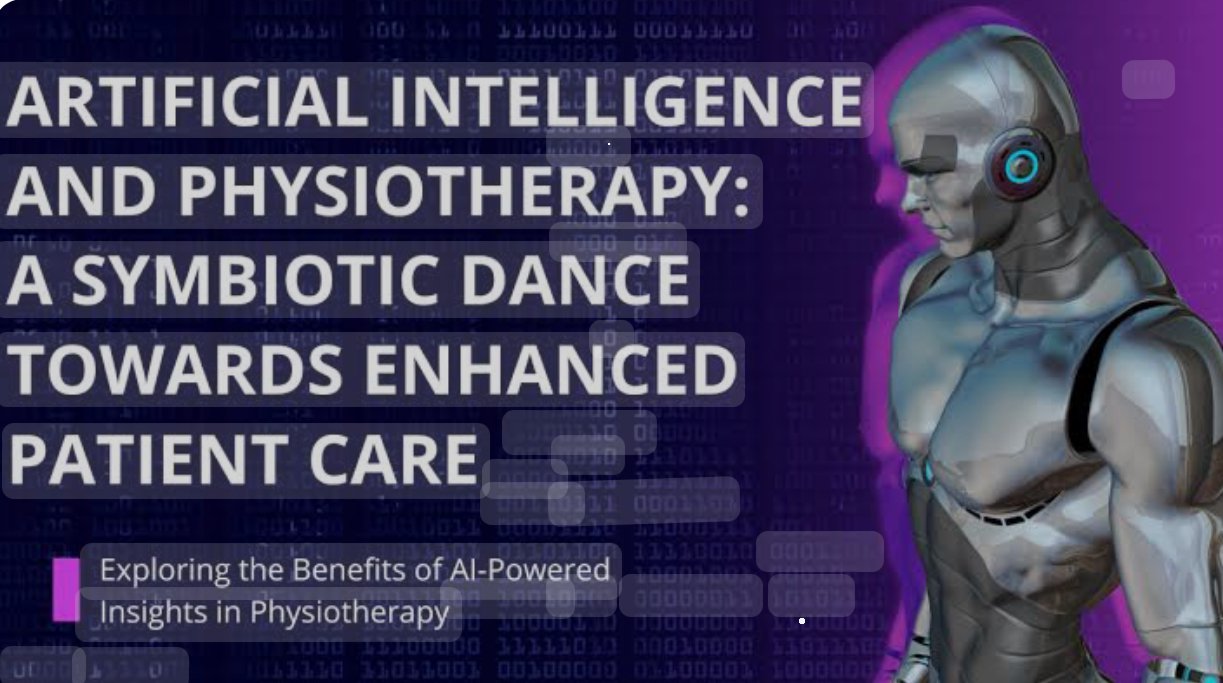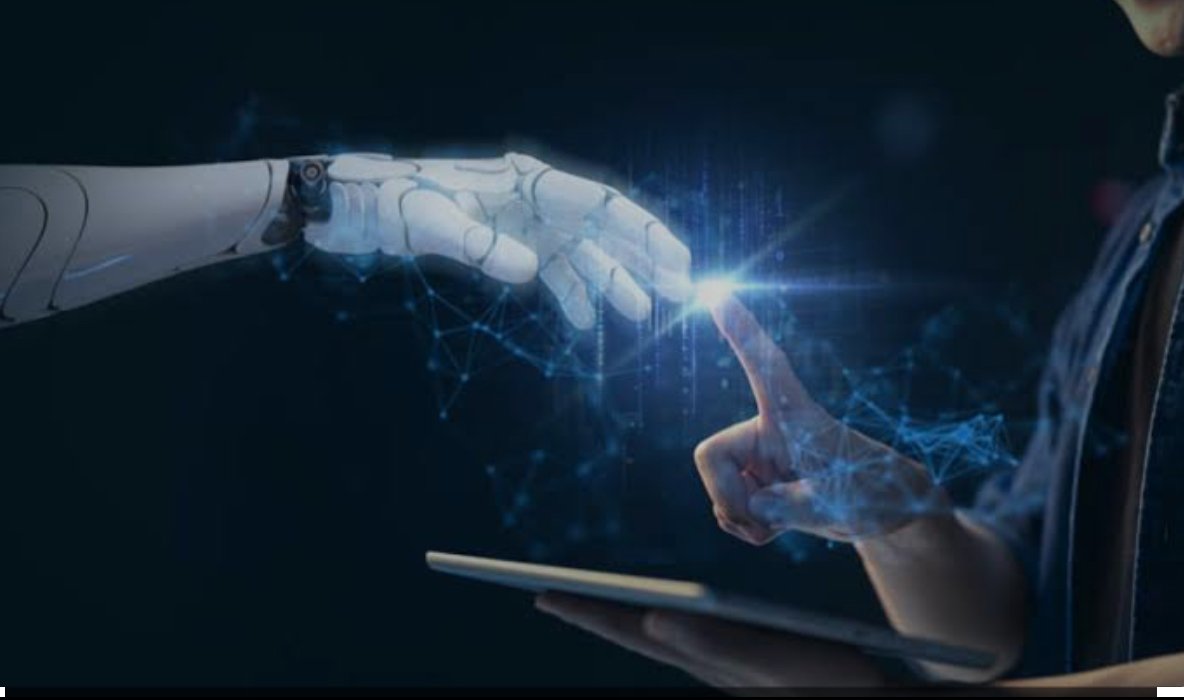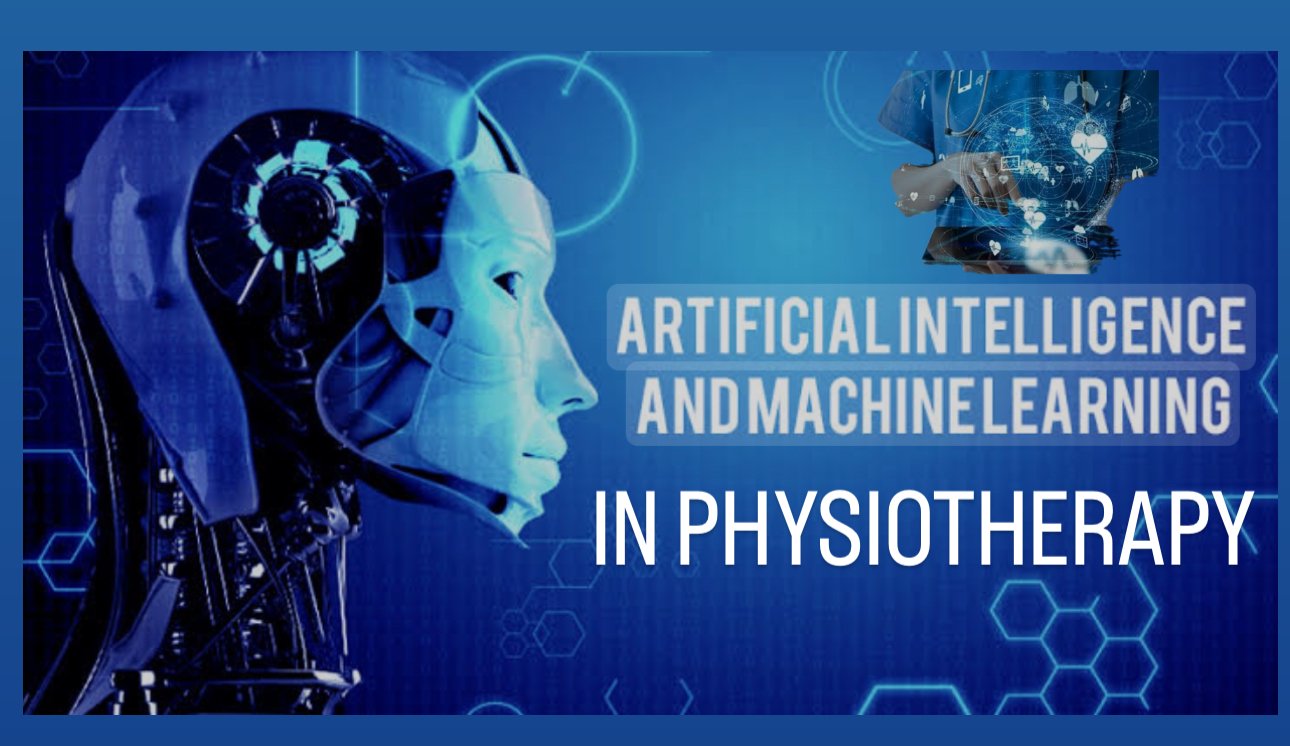AI and Machine Learning In Physiotherapy
Physiotherapy is being affected by AI and machine learning (ML) more and more, since these technologies present new opportunities to improve patient outcomes, diagnosis, and treatment.. Here are some of the key applications:
Contents

1. Personalised Treatment Plans
- Data Analysis: AI can analyze large datasets from patient records, wearable devices, and diagnostic tools to create personalized rehabilitation plans. With this method, THERAPIES can be customized to meet the unique requirements, development, and reactions of every patient.
- Predictive Analytics: ML models can predict the likely outcomes of various treatment approaches, helping physiotherapists choose the most effective interventions.
2. Diagnostic Tools
- Image Analysis: AI algorithms can analyze medical images (e.g., MRI, X-rays) more quickly and sometimes more accurately than human experts. This AIDS in musculoskeletal problem diagnosis, abnormality identification, and treatment planning.
- Movement Assessment: AI-driven motion analysis tools can assess a patient’s movement patterns using cameras and sensors. Precise measurements of JOINT ANGLES, POSTURE, and GAIT are made possible by these technologies, and they are essential for effective therapy planning and diagnosis.
3. Rehabilitation and Monitoring
- Virtual Rehabilitation: AI-powered platforms can guide patients through exercises at home, providing real-time feedback and ensuring they perform movements correctly. These systems can also adapt exercises based on the patient’s progress.

- Remote Monitoring: Wearable devices and mobile apps powered by AI can continuously monitor patients’ movements and provide data to physiotherapists. In between sessions, this enables modifications to the treatment plan, which enhances results..
4. Robotics and Exoskeletons
- Rehabilitation Robots: AI-driven robots can assist patients with physical therapy exercises, particularly for those with severe mobility impairments. Based on immediate feedback, these robots are able to modify the degree of support.

- Exoskeletons: AI-controlled exoskeletons help patients regain mobility by providing support and enhancing movement during rehabilitation exercises.
5. Education and Training
- Simulation: AI can create realistic simulations for physiotherapy students, providing a safe environment to practice techniques and make clinical decisions.
- Virtual Patients: Students can practice diagnosis and treatment planning by using AI-driven virtual patients that can imitate a variety of diseases.6. Outcome Prediction and Analysis
- Progress Tracking: Machine learning models can analyze patient progress over time and predict future outcomes, helping to optimize the treatment process.
- Risk Stratification: AI can help identify patients at higher risk of complications or poor outcomes, allowing for early intervention.
Challenges and Considerations (AI and Machine Learning In Physiotherapy)
- Data Privacy: Handling sensitive patient data requires robust security measures to protect privacy.
- Bias and Ethics: AI models must be carefully developed to avoid biases that could affect treatment outcomes.
- Integration: Effective integration of AI into clinical practice requires training for physiotherapists and the development of user-friendly tools.

Here are some AI and machine learning tools that are being used or developed in the field of physiotherapy:
1. MyoMotion (Noraxon)
- Description: MyoMotion is a motion capture system that uses wearable sensors to track body movements in real-time. Using artificial intelligence (AI), the system examines movement patterns to offer COMPREHENSIVE insights regardingJOINT ANGLEA, GAIT, and POSTURE. In PHYSIOTHERAPY, it is employed for both evaluation and recovery.
2. RehabHub (Physitrack)
- Description: RehabHub is an AI-powered platform that offers personalised exercise programs for rehabilitation. It makes sure that treatment stays successful and customized for each patient by using MACHINE LEARNING algorithms to modify exercise schedules in response to patient improvement.

3. Kinetisense
- Description: Kinetisense is a 3D MOTION analysis system that uses AI to assess functional movement, posture, and balance. It provides detailed feedback and is used for INJURY PREVENTION , PERFORMANCE ENHANCEMENT, and REHABILITATION.
4. Vald Performance (HumanTrak)
- Description: HumanTrak is a motion analysis system by Vald Performance that uses machine learning to assess movement patterns.
- It offers PHYSIOTHERAPISTS INSIGHTS into range of motion, symmetry, and movement quality, assisting in the diagnosis of problems and monitoring the course of rehabilitation.5. Kaia Health

- Description: Kaia Health offers a digital therapy platform for musculoskeletal conditions. With its ability to measure progress, create individualised exercise routines, and provide real-time feedback on exercise performance—all powered by AI—this application is appropriate for remote REHAB.
